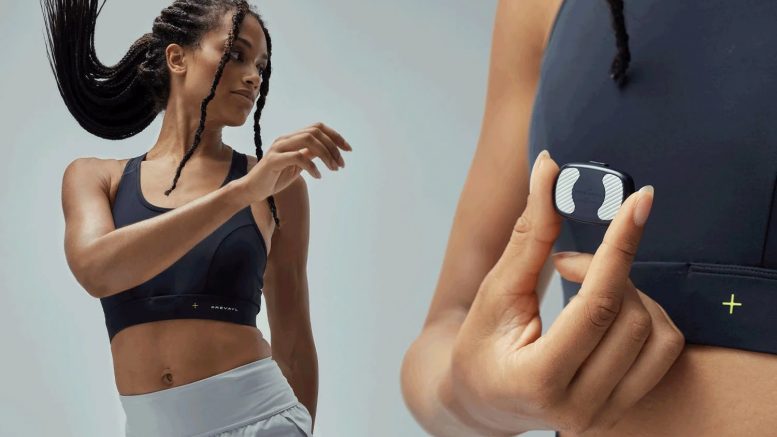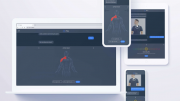To successfully gain unparalleled insight into people’s health and fitness journey, it is crucial to prioritise three key factors: data accuracy, independent validation, and data transparency. This will not only empower them to make informed decisions, but also enable them to optimise their performance and minimise the risk of injury.
In this article, we delve into how this data-driven approach can offer users of sports technology a greater understanding of their wellness.
The Importance of Accurate Input Data
Companies offering health and fitness advice have an obligation to utilise the most accurate input data available, whilst making users aware of the potential limitations of data accuracy.
By leveraging precise data, companies can minimise false positives and false negatives, providing users with relevant and reliable insights. Inaccurate data can lead to inaccurate insights, potentially causing users to take unnecessary actions or experience a decline in performance progression. Thus, companies must provide insights based on the most accurate data possible, which should be considered a non-negotiable.
Independent Validation for Enhanced Reliability
Companies need to ensure that the generated data on their devices aligns with the specific use cases of their products. For example, if a product is designed for fast running, the validation protocol should involve testing it under conditions simulating fast running. Similarly, if a product aims to provide continuous heart rate data, the validation protocol should be based on continuous heart rate compared to a gold standard measure.
Awareness of Data Limitations
Educating users about the limitations of the data used to create insights is crucial. For instance, PPG (the LED technology used in smartwatches) may be convenient in a watch, but it is prone to inaccuracies at higher heart rates, during intense arm movements, or in cold weather. Users must be mindful of these limitations before acting on the insights provided by the device and avoid overestimating the reliability of the insights without exercising critical thinking.
Additionally, clinically acceptable sampling rates for heart rate and heart rate variability start at a minimum of 200Hz, with lower frequencies (50-90Hz) acceptable with interpolation and generally only at lower heart rates. It is our belief that users should be provided with information regarding the limitations of the data. This approach fosters trust and enables them to make informed decisions pertaining to their health and fitness, even in scenarios involving higher heart rates, aggressive exercise, and cold weather.
Unparalleled Validation and Accuracy
Most other wearables place a strong emphasis on validation and data accuracy. Rigorous academic validations are conducted to ensure the reliability of their technology. It is important for users to be aware of the details of the validations so that they can ensure the data has been validated for their use case. Prevayl validated their product using a ramped 16-minute treadmill protocol for running, which compared 6,248 continuous data points against 6,248 continuous data points from a gold standard ECG. This validation confirms the accuracy of heart rate measurements during real-world situations, such as aggressive exercise.
Comprehensive Data-driven Insight for Holistic Wellness
The accuracy of insights directly corresponds with the user’s ability to make steady, safe progress while minimising the risk of injury. By being transparent about the limitations of the data, users can apply critical thinking and leverage their own understanding and judgment in conjunction with the insights provided.
Accurate heart rate data is crucial as it serves as the primary source for deriving insights related to wellness, and it informs the following:
- Heart rate training zones
- Ventilatory threshold analysis
- Exercise intensity
- Recovery measures
- Core temperature
- Energy expenditure
- Atrial fibrillation detection
- Stress level analysis
- VO2max assessment
- Fitness level assessment
Revolutionising Wellness with Wearable Technology
This data-driven approach has revolutionised the way we approach wellness, ushering in a new era of data-driven insights. With a relentless focus on accuracy, validation and transparency, wearable technology seamlessly integrates with our personal wellness journeys, paving the way towards a healthier and more fulfilling life.
Article by Martin Ashby (Chief Innovation Officer), Prevayl Innovations





